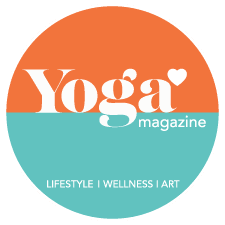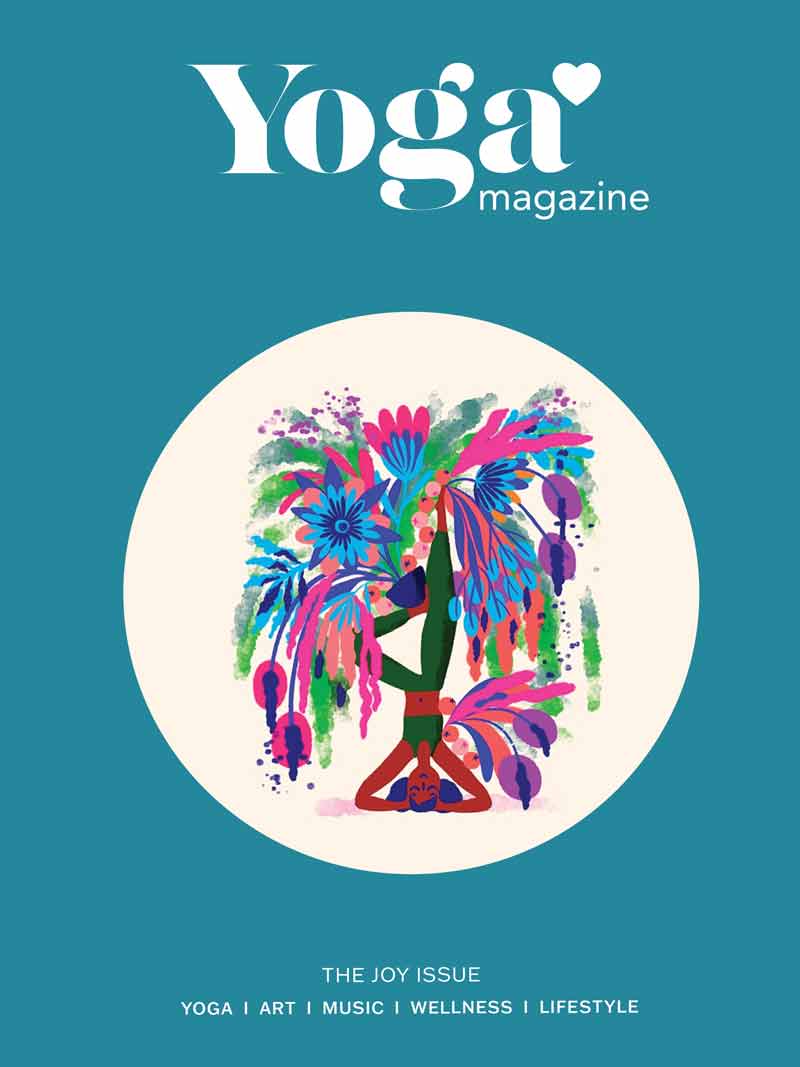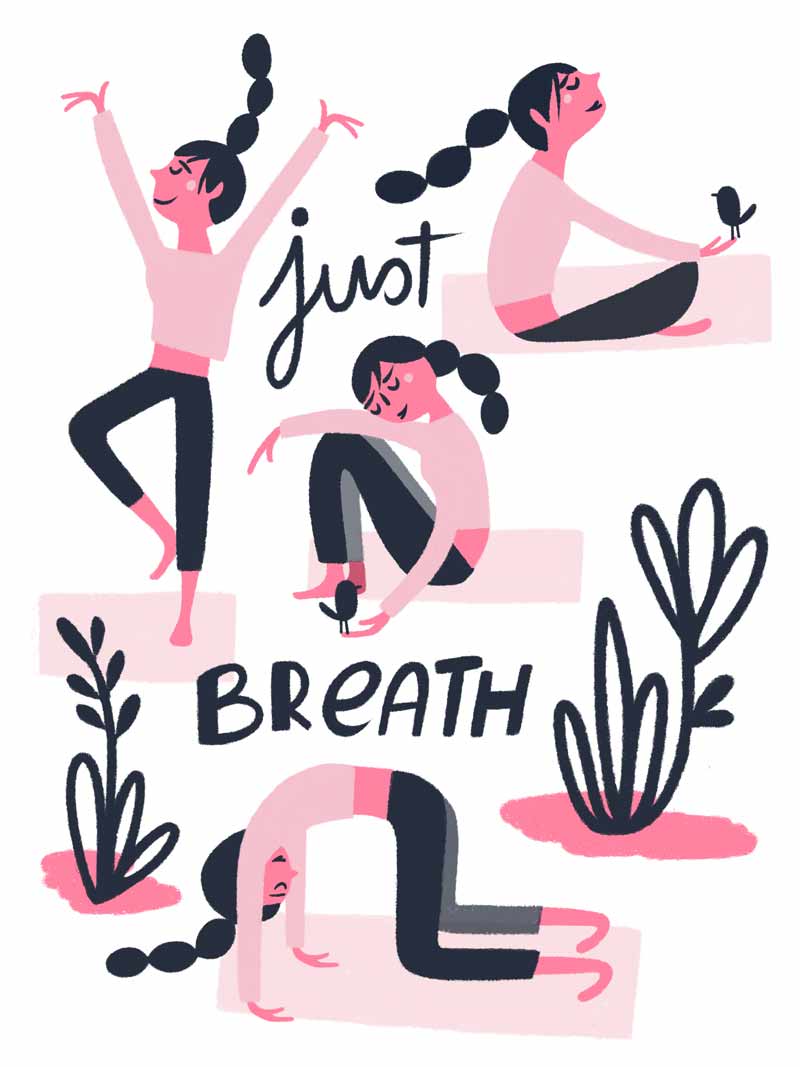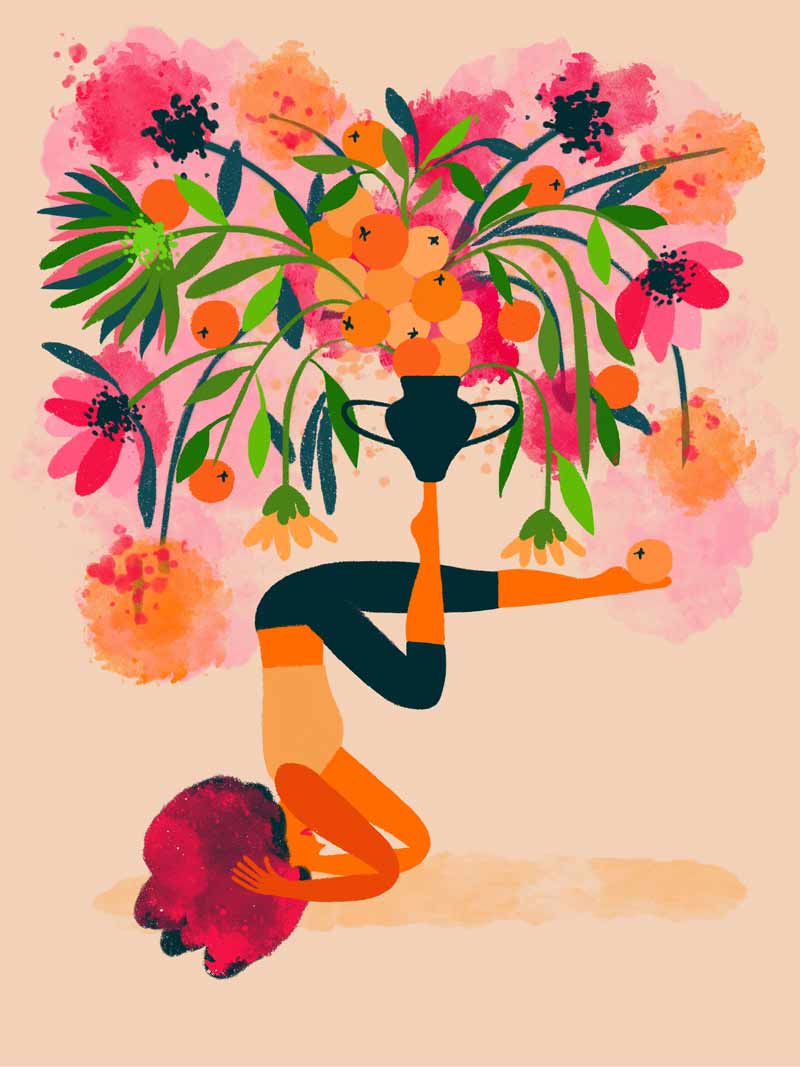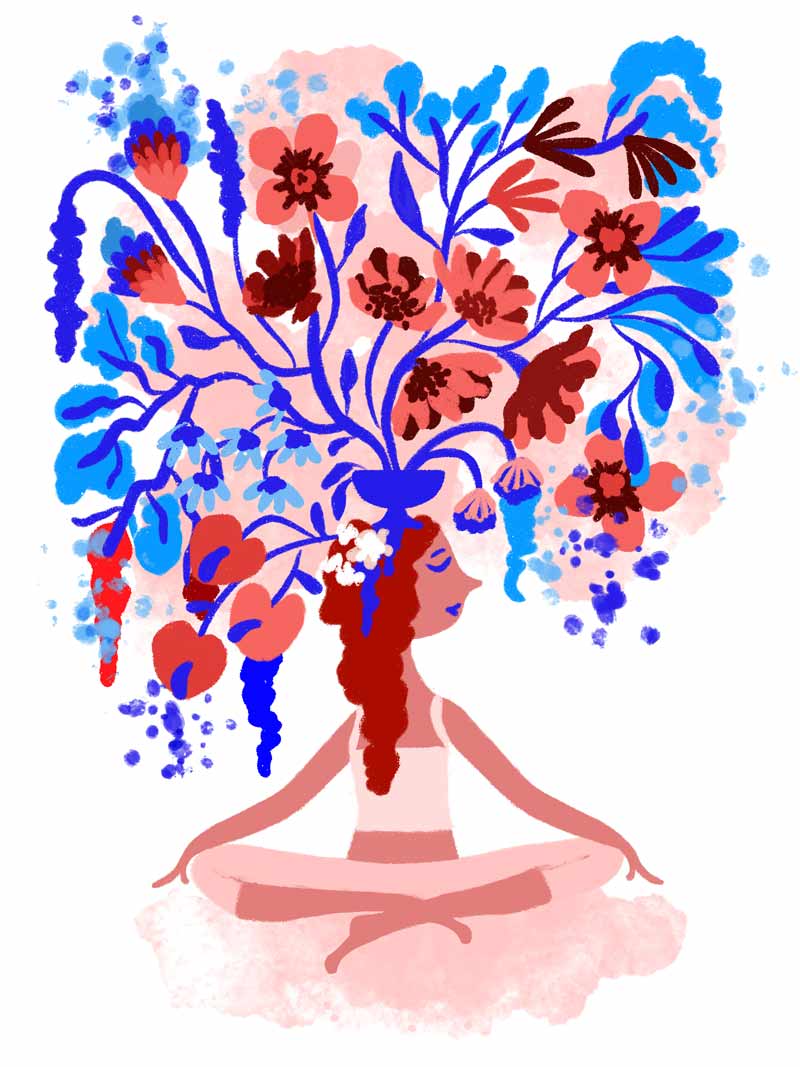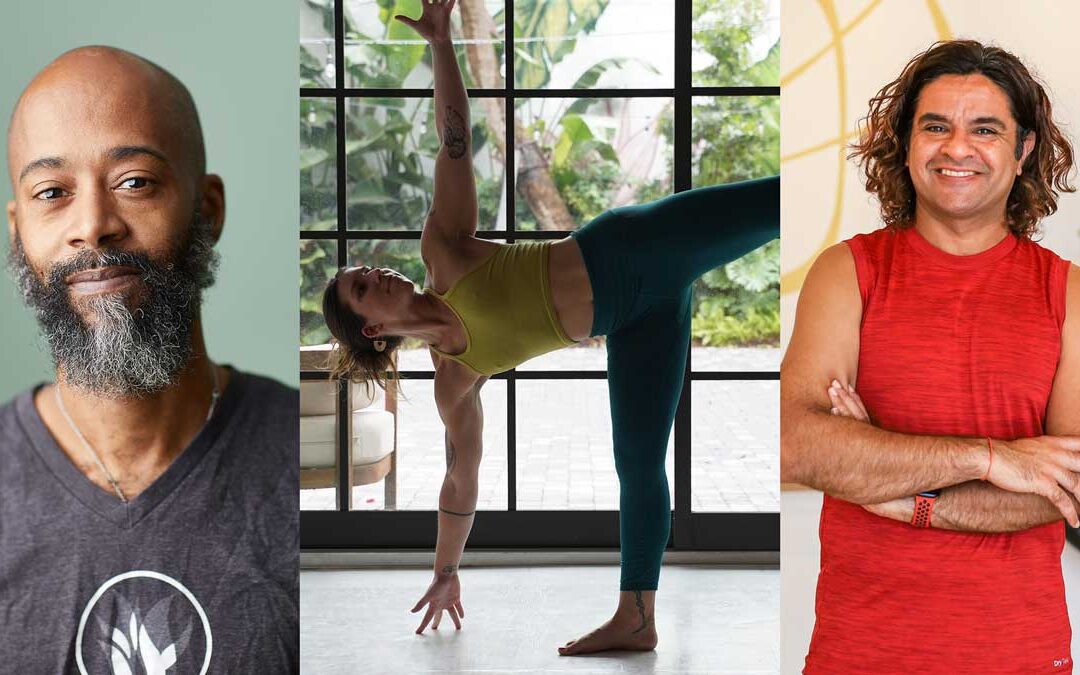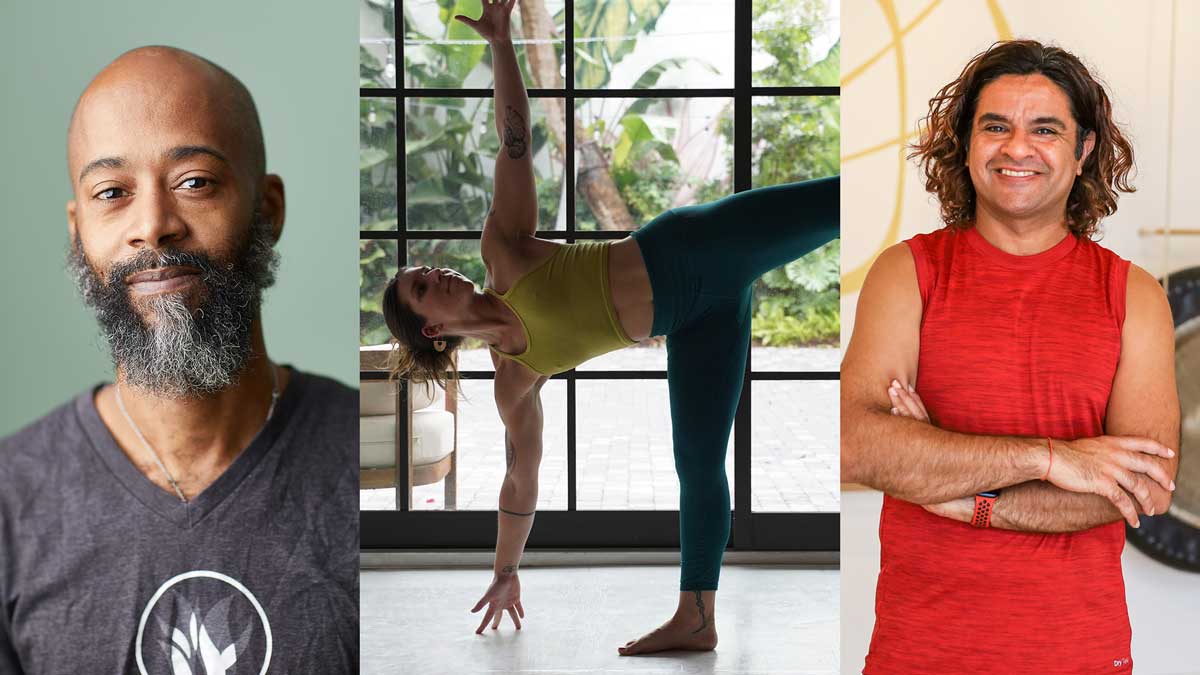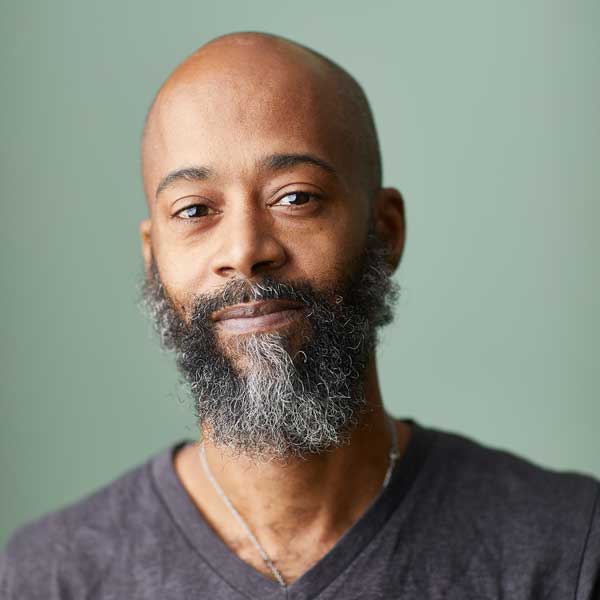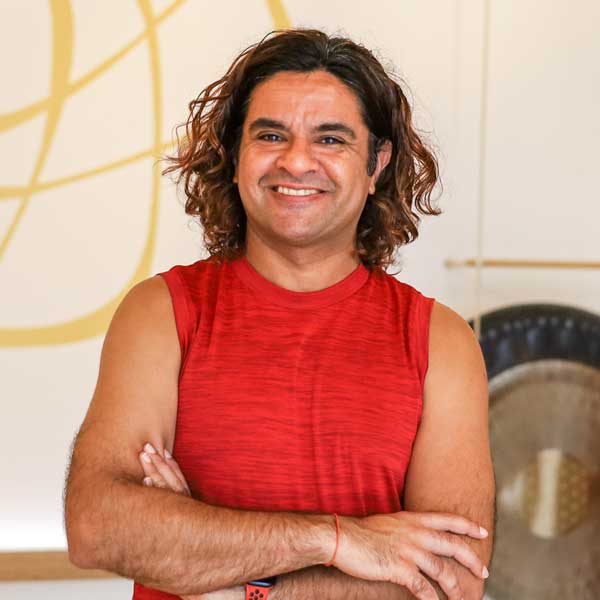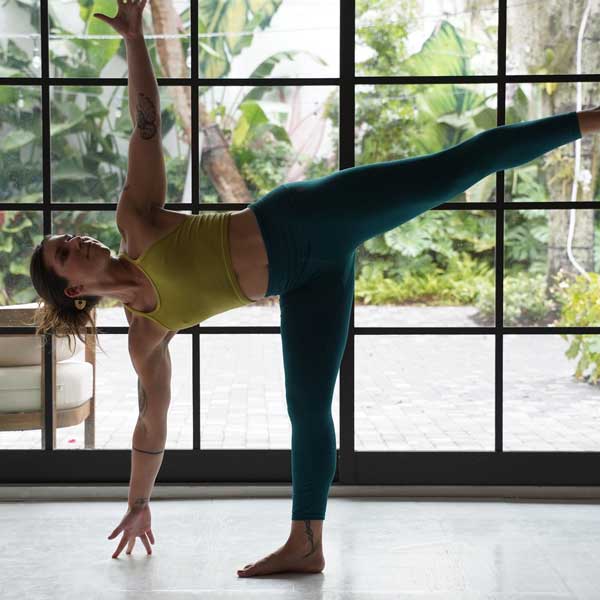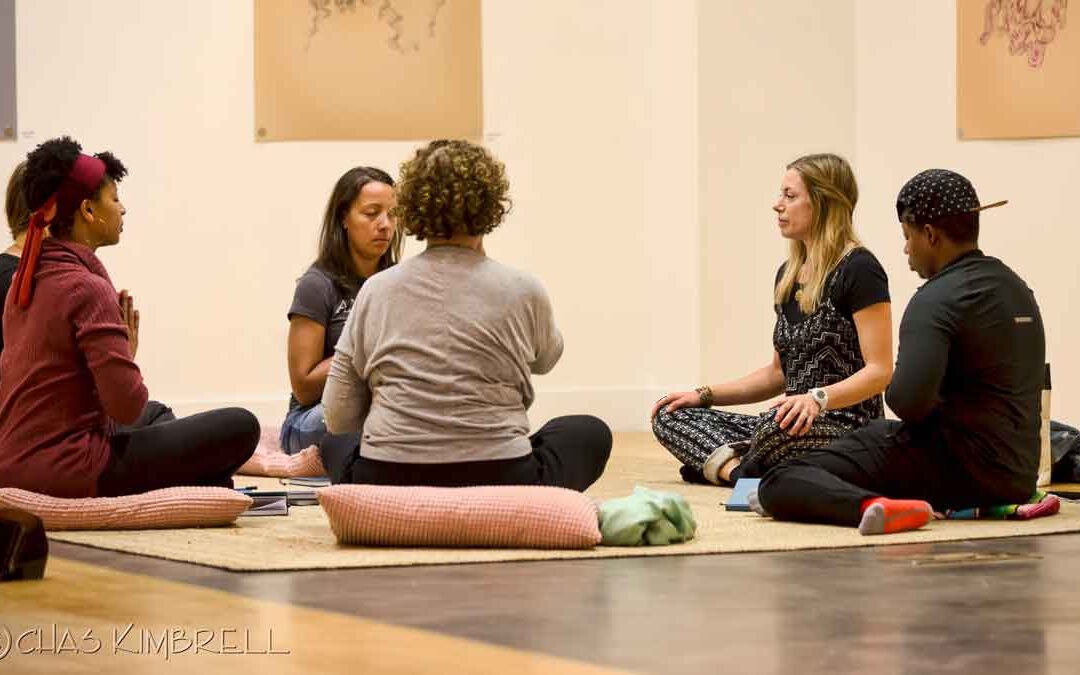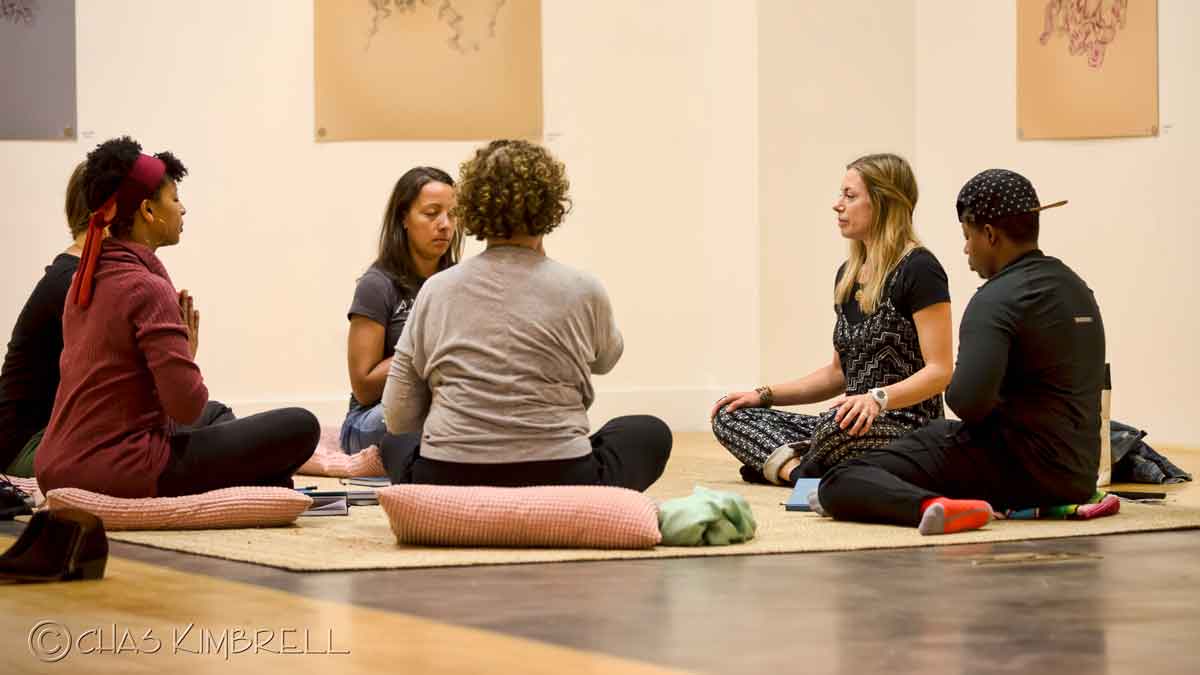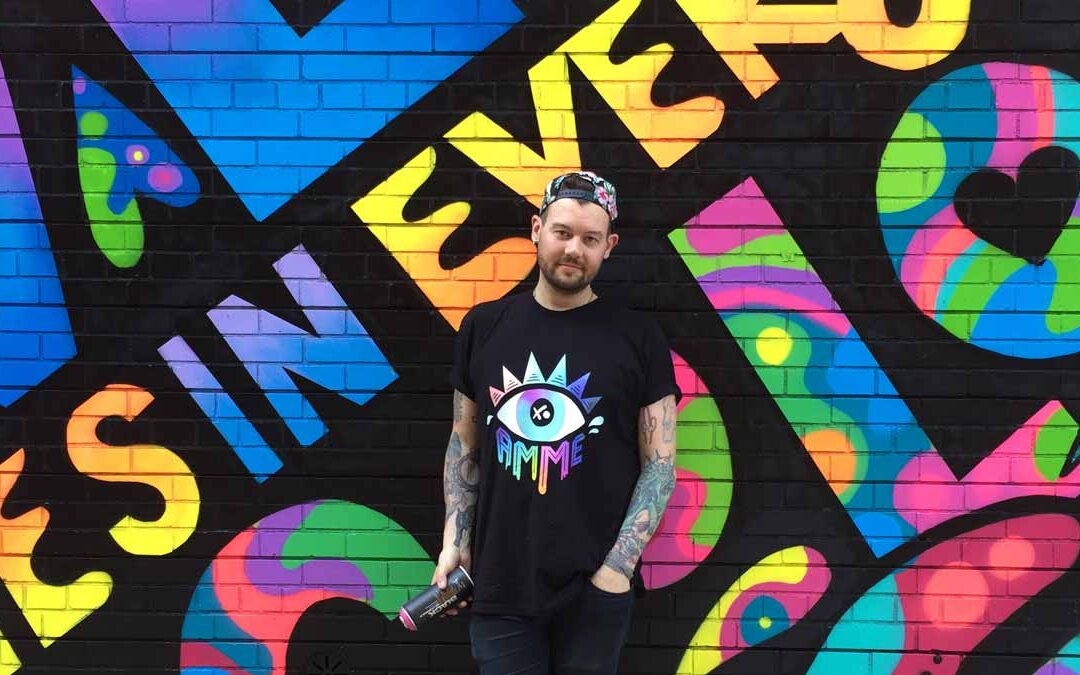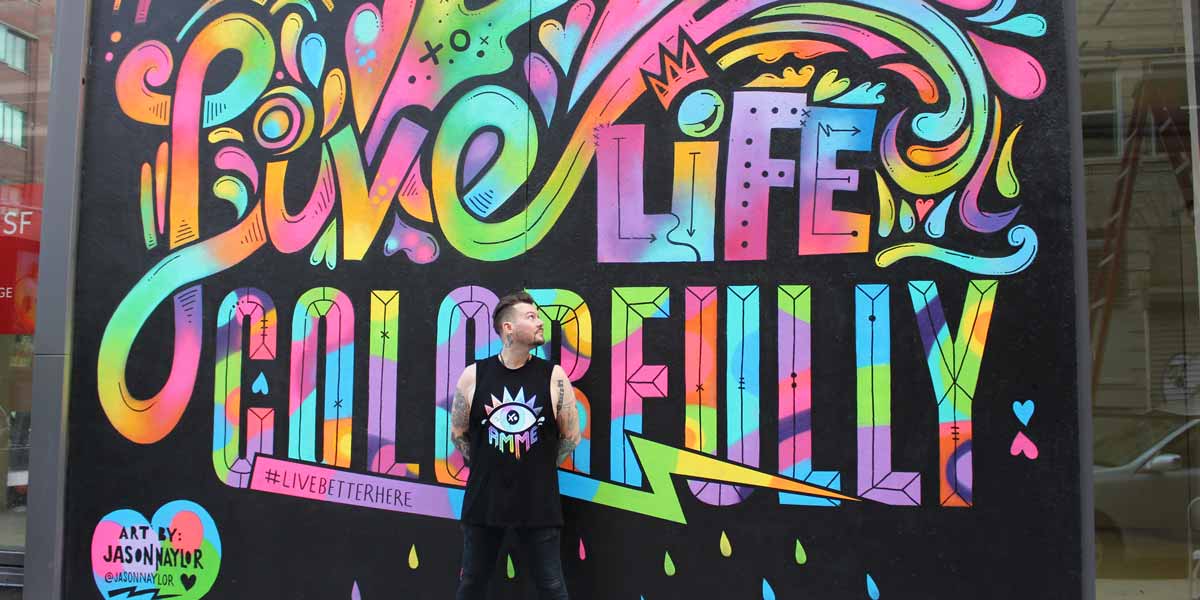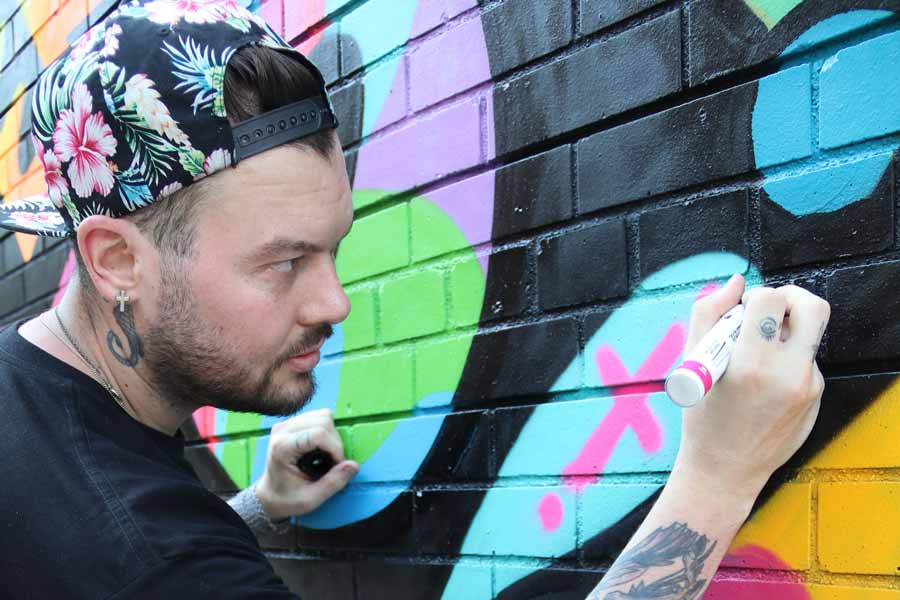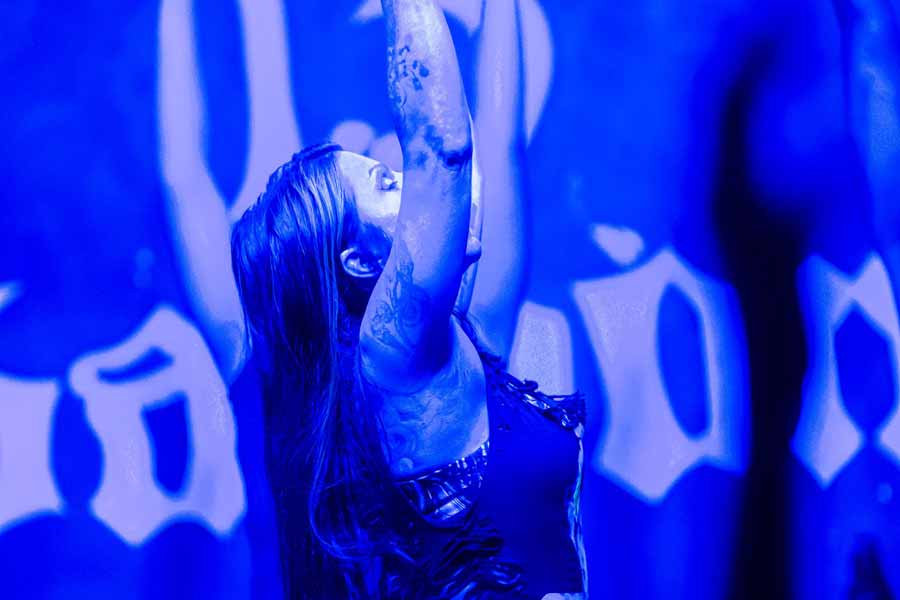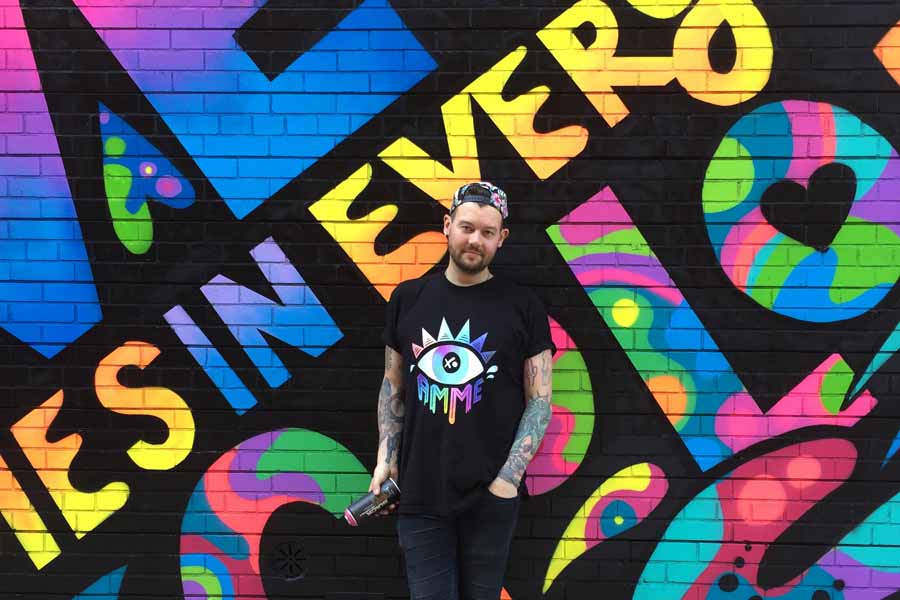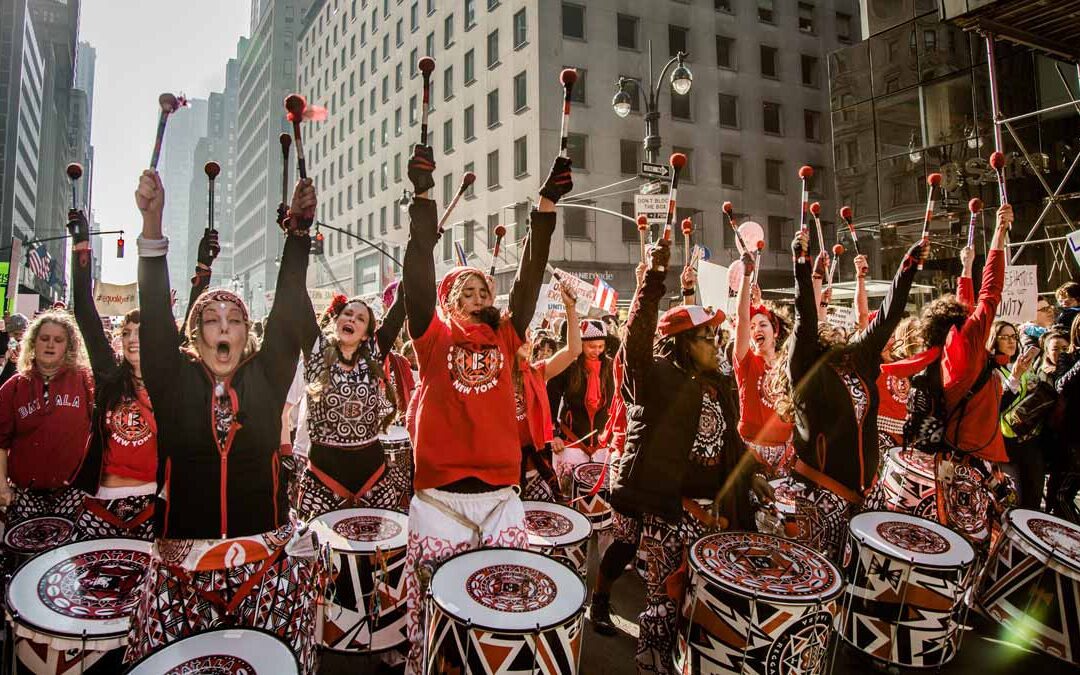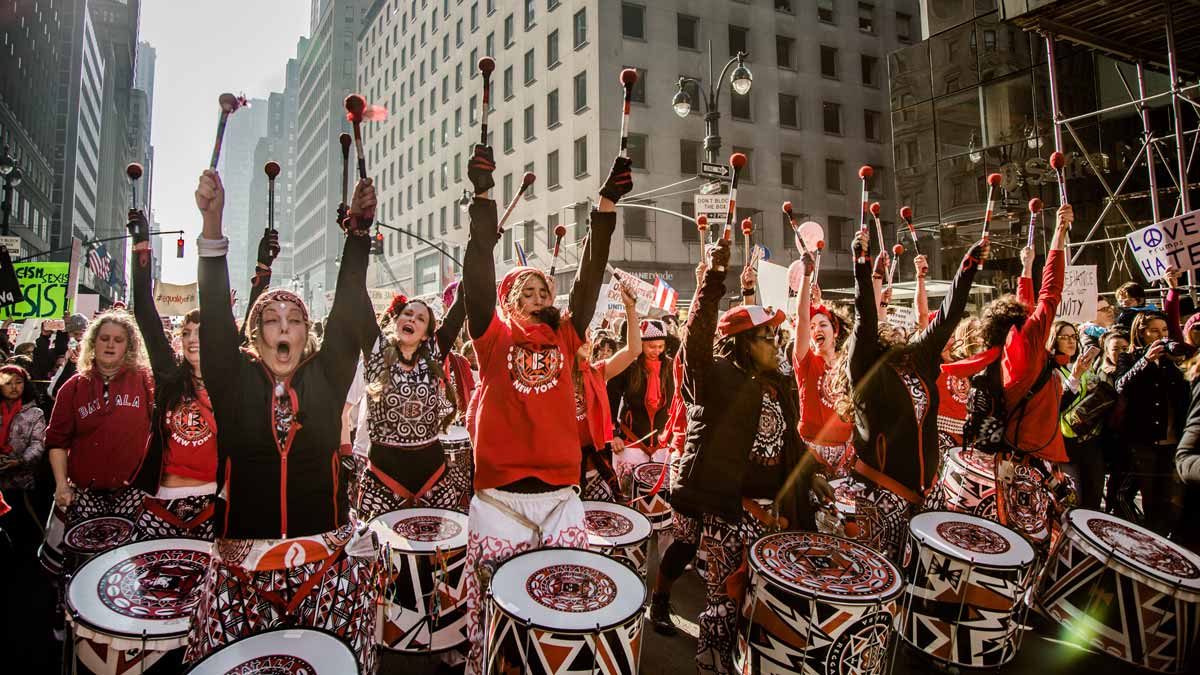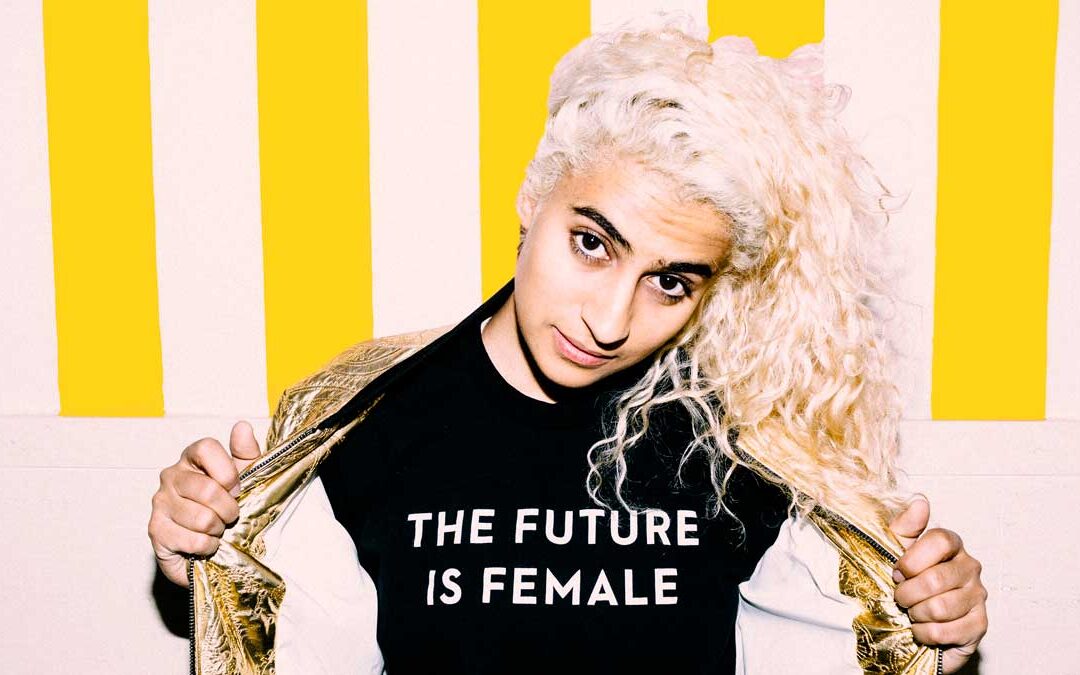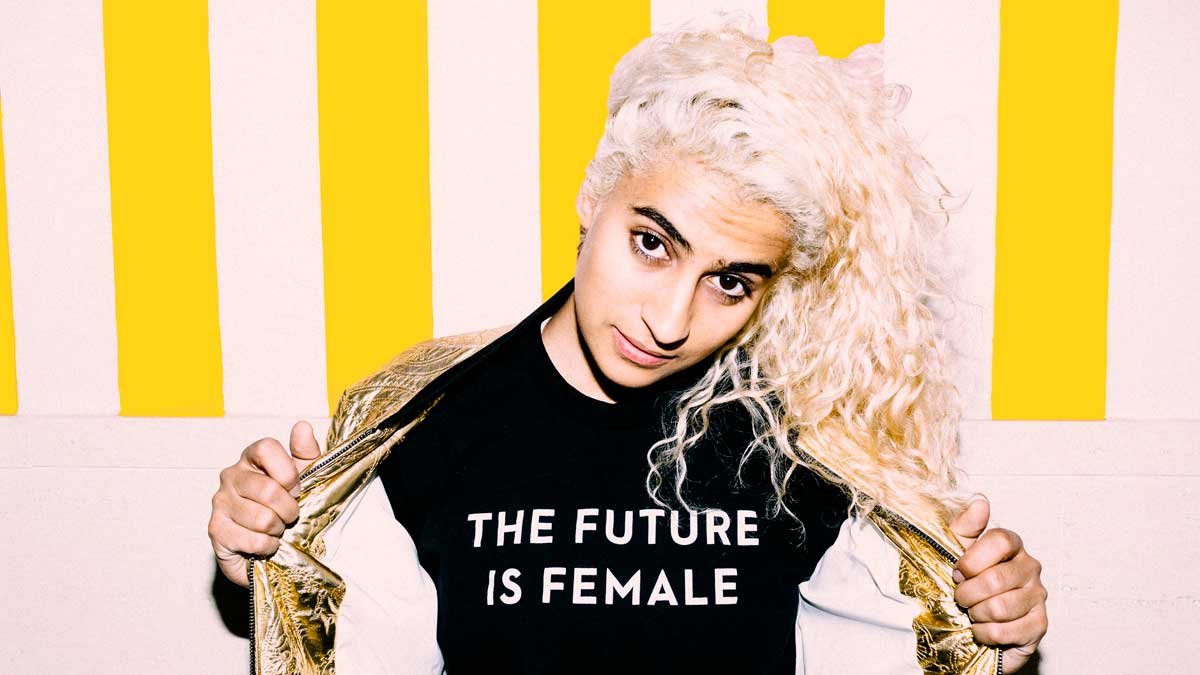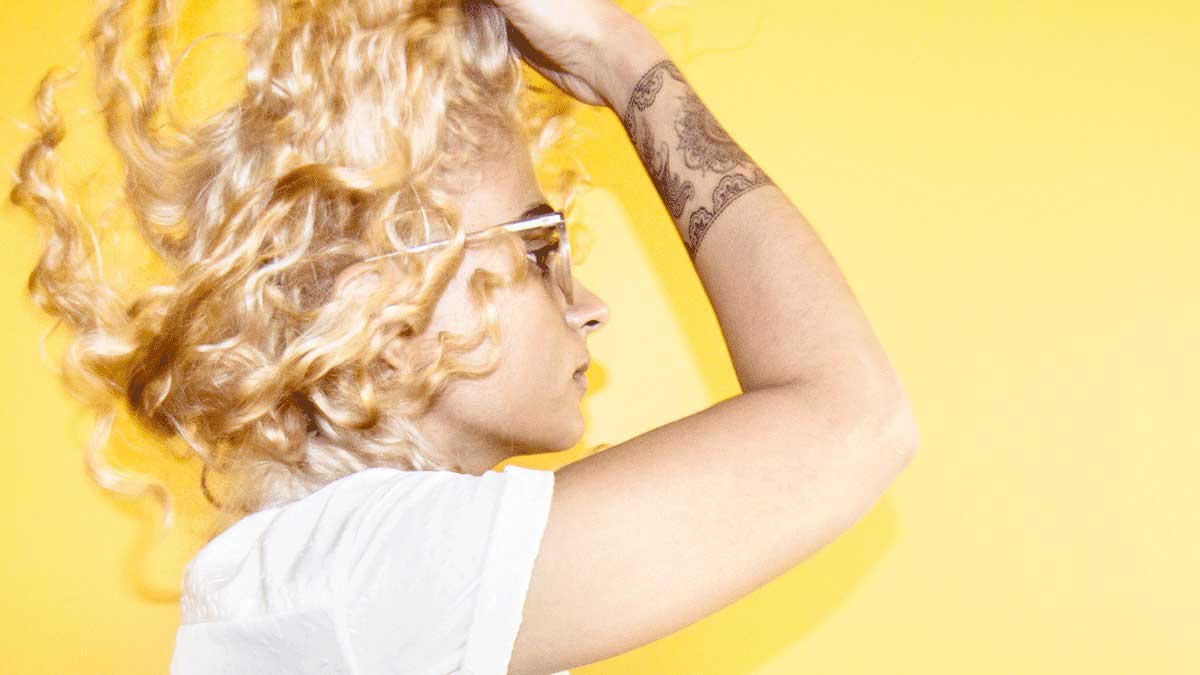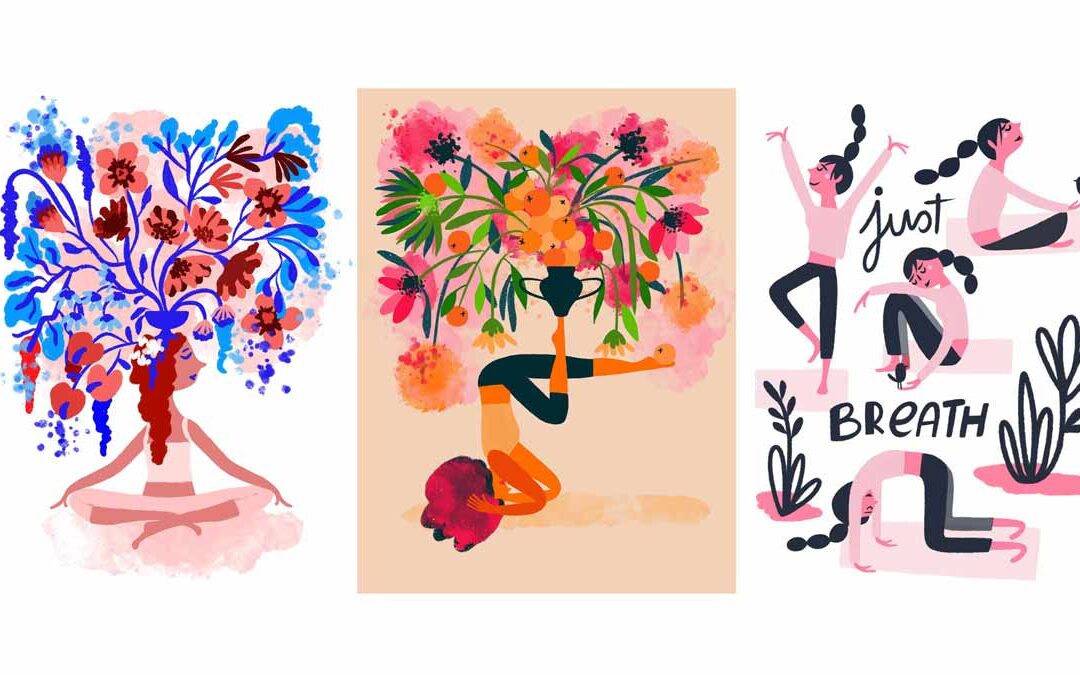
Artist Spotlight: Emma Schmid
Artist Spotlight: Emma Schmid
ART & MUSIC
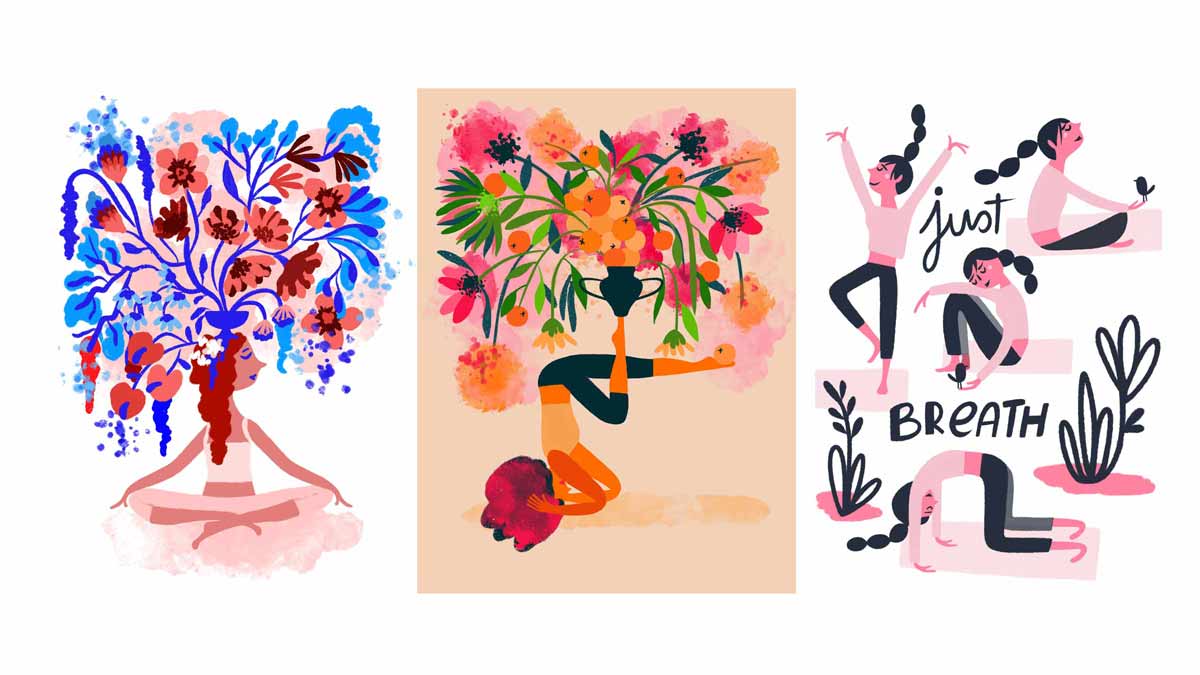
Barcelona native Emma Schmid’s beautiful artwork graces the cover of our JOY issue. We asked her to share a bit about her creative process, inspiration and a few thoughts on JOY. Check out her beautiful Instagram account @emma.schmid.illustration.
Share with us what you love about what you do?
I love to translate thoughts, ideas and messages into images. Adding meaning, highlighting and emphasizing. Communicating with drawings and color is so powerful, leading to feelings, moods, happiness, worries, and joy. I am especially interested in illustrating everyday people and routines that we all can identify with. Illustration also lets me navigate new adventures. Every new work feels like an opportunity to dive within different experiences, knowledge, and results. It is very enriching.
What advice would you give someone interested in becoming an artist?
Perseverance is key, confidence in yourself, no matter what seems to be the fashion…your own voice is always interesting when it is consistent it will have many opportunities. Of course, it is important to be active, showing up on social media, promoting constantly with new work or personal work that may pique art directors’ or clients’ attention.
Do you have formal art training?
I graduated from a school of arts in Barcelona studying, where I am originally from. I had an illustration career working freelance with my own work and studio from 2000 until now, working mostly with publishing, advertising, studios, products, toys, etc. For many years, I was focused on children’s illustration, but now my work has shifted to more illustration in editorial and advertising.
Share with us artists or creators who inspire your work
Some artists I love:
Gosia Herba
Amrita-Marino
Sol-cotti
Severine Assous
Ezra W Smith
Maite Franchi
Camille le Cussac
Melissa Castrillon
Veronica Grech
Anna Hurley
Susanna Harrison
Sanni Wessman
And many, many others!
Do you have a personal yoga, meditation or journaling practice? If so, does it influence your creative process?
I have practiced yoga for some years and it has always fascinated me in the wellness sense, and in the beauty of the practice too—the simplicity, austerity, the silence, the connection.
I’ve recently been quite obsessed with the interaction of two themes of yoga and floral images. I have worked on an extensive series of images approaching that—yoga practice balanced with huge flower designs in a beautiful harmony.
Where do you find the inspiration for your artwork? How do you stay inspired?
I find inspiration everywhere around me. Mostly in urban scenes, cities, on the streets, parks, fashion, culture, clothes, tradition and very especially in people. I enjoy highlighting people, characters, routines, gestures and styles. I love to catch diversity in all ways. I am constantly seeking inspiration beyond my own curiosity. Culture, media, other illustrators work and all art expression is also very inspiring to me.
Share with us your creative process.
When a work commission comes, the process starts with approaching the main idea to communicate, looking for information and inspiration and playing first with lines, sketching with pencil on A4 paper and Procreate software. Hand drawing, both pencils, analogue and digital are very enjoyable to me, from the freshness and free style of first rough drafts to cleaning and clearing them. Then color is usually done in Photoshop, final art as well.
Color is a different creation process, more complicated and deep, where I usually follow a natural intuition for each commission’s needs. It comes pretty easy when it’s about a single image, but very complex when talking about a book, or a set, where a balanced and rich palette is essential.
On your website you say, “Color plays an important part, it completely defines my work.” Can you share more about that?
I love color. Bold color. Color that shakes is an invitation to feelings, emotions, sensations…color touches with its power of communication. I feel comfortable with color, it definitely plays an important part of my voice and work.
The theme of this issue is JOY, can you share with us what/who you think of when you hear the word JOY?
I love to hear how my work talks about joy and spreads joy, and this is definitely the best compliment and reward I can have. It makes me so happy and fulfilled with the work I do.
